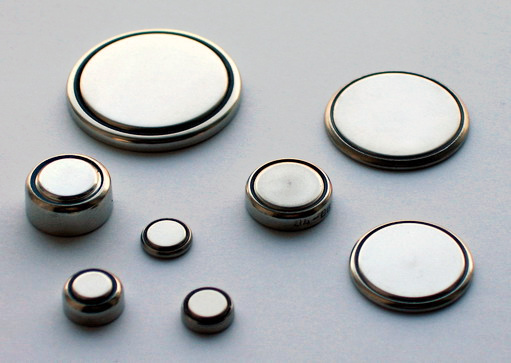Production of Materials > 4. Electrochemical Methods >
Gather and present information on the structure and chemistry of a lead-acid cell and evaluate it in comparison to a button cell in terms of:
- chemistry
- cost and practicality
- impact on society
- environmental impacts
| Cell type | Lead-acid cell | Button (silver oxide) cell |
| Appearance | ||
| Chemistry | Cell diagram Pb, PbSO4 | H2SO4 (aq) | PbO2, Pb Cathode reaction PbO2 (s) + 4H+ + SO42- +2e– → PbSO4 (s)2O + 2H (l) Anode reaction Pb (s) + SO42- → PbSO4 (s) + 2e– Cell voltage 2.2 V | Cell diagram Zn, ZnO | KOH (paste) | Ag2O, Ag Cathode reaction Ag2O (s) + H2O (l) + 2e– → 2Ag (s) + 2OH– Anode reaction Zn (s) + 2OH– → ZnO (s) + H2O + 2e– Overall reaction Zn (s) + Ag2O (s) → 2Ag (s) + ZnO (s) Cell voltage 1.3 V |
| Cost and practicality |
|
|
| Impact on society |
|
|
| Environmental impacts |
|
|


